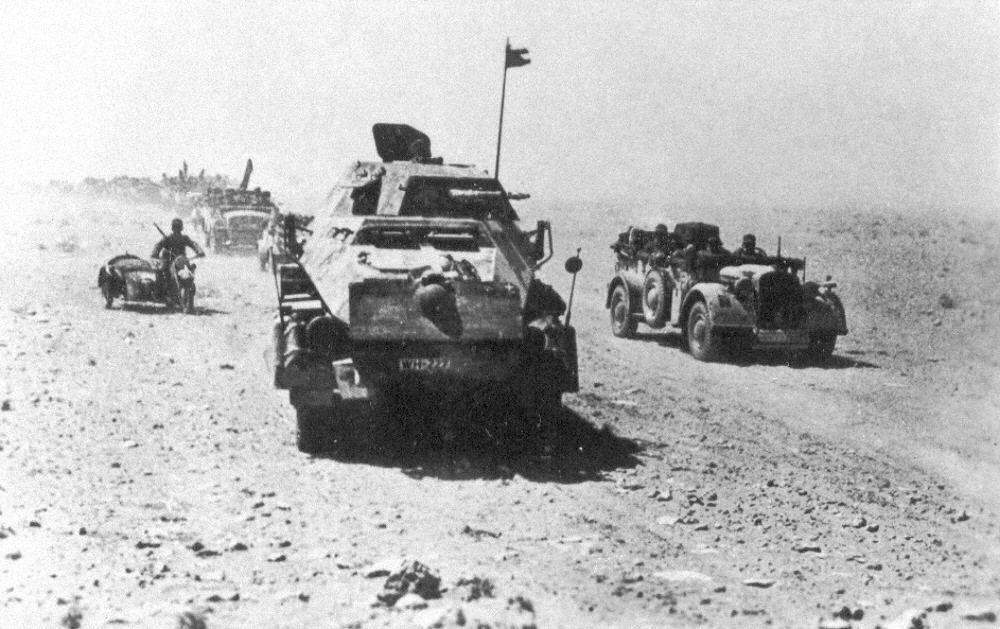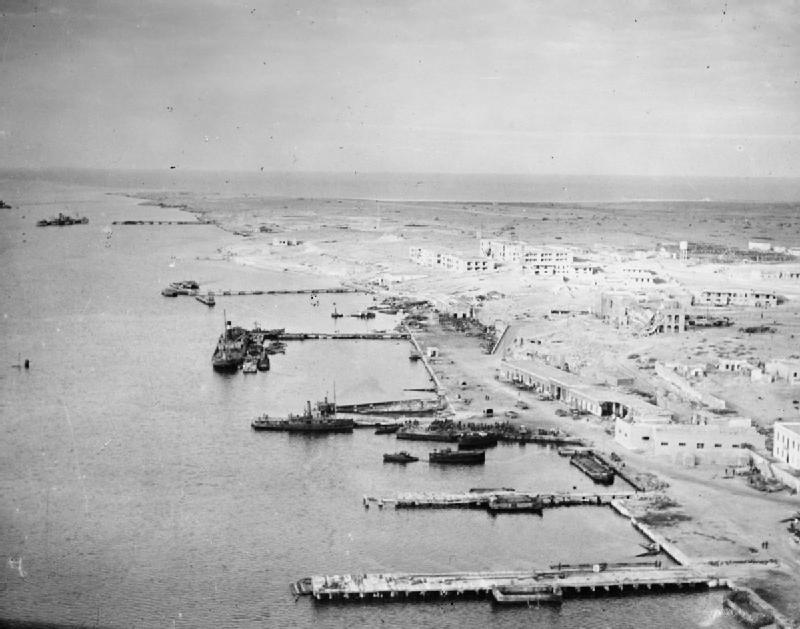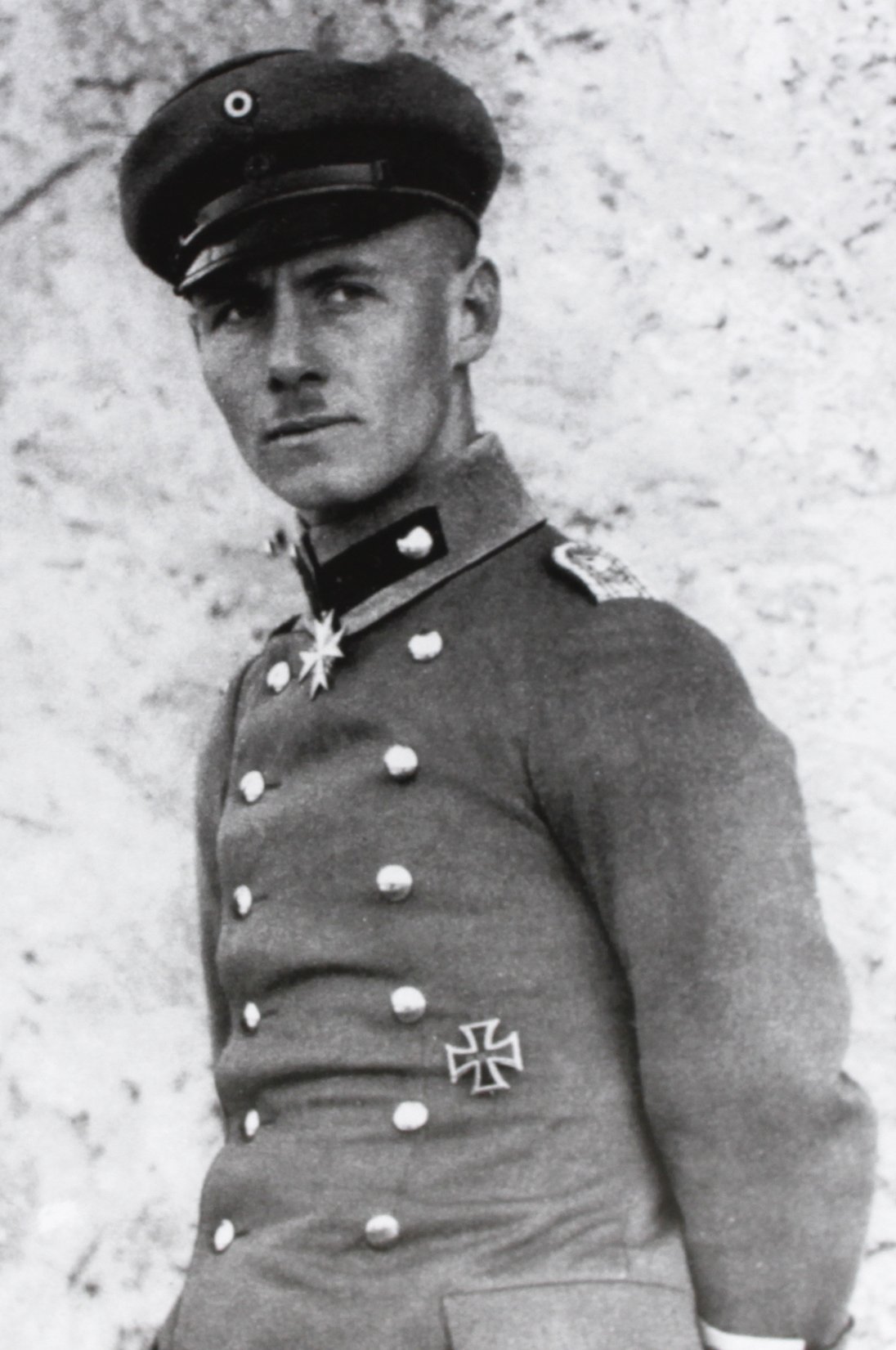|
El Agheila
El Agheila ( ) is a coastal city at the southern end of the Gulf of Sidra and Mediterranean Sea in far western Cyrenaica, Libya. In 1988 it was placed in Ajdabiya District; remaining there until 1995. It was removed from Ajdabiya District in 1995 but in 2001 it was placed back into Ajdabiya District. In 2007, El Agheila was placed within the enlarged Al Wahat District. El Agheila is best known as the site of several Second World War battles during the North African Campaign. History El Agheila is the site of the Roman fortified town of Anabucis and its Greek precursor Automala. During the Italian occupation of Libya, the town was the site of an Italian concentration camp for Bedouins. The camp was just south of town and housed over 10,000 inmates. Thousands of the Bedouins starved to death in the camp run by the Italian colonial troops. World War II In February 1941, El Agheila was taken by the British Western Desert Force following their destruction of the Italian Te ... [...More Info...] [...Related Items...] OR: [Wikipedia] [Google] [Baidu] |
Cyrenaica
Cyrenaica ( ) or Kyrenaika (, , after the city of Cyrene), is the eastern region of Libya. Cyrenaica includes all of the eastern part of Libya between the 16th and 25th meridians east, including the Kufra District. The coastal region, also known as ''Pentapolis'' ("Five Cities") in antiquity, was part of the Roman province of Crete and Cyrenaica, later divided into ''Libya Pentapolis'' and ''Libya Sicca''. During the Islamic period, the area came to be known as ''Barqa'', after the city of Barca. Cyrenaica became an Italian colony in 1911. After the 1934 formation of Italian Libya, the Cyrenaica province was designated as one of the three primary provinces of the country. During World War II, it fell under British military and civil administration from 1943 until 1951, and finally in the Kingdom of Libya from 1951 until 1963. The region that used to be Cyrenaica officially until 1963 has formed several shabiyat, the administrative divisions of Libya, since 1995. ... [...More Info...] [...Related Items...] OR: [Wikipedia] [Google] [Baidu] |
Italian Tenth Army
The 10th Army () was a field army of the Royal Italian Army, which fought in World War I and in Italian North Africa during World War II. World War I Formation After the Battle of Caporetto (November 1917) the Italian Army (Regio Esercito) was reorganized by Armando Diaz. In the summer of 1918 (after the Battle of the Solstice) the Command continued to modify these changes and in preparation for the Italian Offensive planned for October 1918, the new 10th Italian Army was formed on 14 October. It was a British–Italian Army under command of the Earl of Cavan.L'Esercito Italiano, Volume V, 1988, p. 142 It consisted of * 1 Italian Army corps, the XI Corps (Italian) (Corpo d'Armata) of Lt. General Giuseppe Paolini. ** 37th division of Maj. General Giovanni Castagnola (Brigata Macerata of Brig. General Florenzio Tagliaferri, 121st and 122nd Infantry Regiments; Brigata Foggia of Brig. General Raffaele Radini Tedeschi, 280th and 281st Infantry Regiments) ** 23rd Bersaglieri Divisio ... [...More Info...] [...Related Items...] OR: [Wikipedia] [Google] [Baidu] |
Second Battle Of El Alamein
The Second Battle of El Alamein (23 October – 11 November 1942) was a battle of the Second World War that took place near the Egyptian Railway station, railway halt of El Alamein. The First Battle of El Alamein and the Battle of Alam el Halfa had prevented the Axis powers, Axis from advancing further into Egypt. In October 1942 Lieutenant-general (United Kingdom), Lieutenant-General Bernard Montgomery, commander of Eighth Army (United Kingdom), Eighth Army, opened his offensive against the Axis forces. In a 13-day battle the Axis ''Panzerarmee Afrika'' was crushed and forced to retreat from Egypt and Libya to the borders of Tunisia. The Allied victory at El Alamein was the beginning of the end of the Western Desert Campaign. The battle ended the Axis threat to the Middle East and Iran and revived the morale of the western Allies, being their first big success against the Axis since Operation Crusader in late 1941. The end of the battle coincided with the Allied invasion of F ... [...More Info...] [...Related Items...] OR: [Wikipedia] [Google] [Baidu] |
First Battle Of El Alamein
The First Battle of El Alamein (1–27 July 1942) was a battle of the Western Desert campaign of World War II, fought in Egypt between Axis (German and Italian) forces of the Panzer Army Africa—which included the under Field Marshal Erwin Rommel—and Allied (British Empire and Commonwealth) forces of the Eighth Army under General Claude Auchinleck. In this battle the British halted a second advance by the Axis forces into Egypt. Axis positions near El Alamein, only from Alexandria, were dangerously close to the ports and cities of Egypt, the base facilities of the Commonwealth forces and the Suez Canal. However, the Axis forces were too far from their base at Tripoli in Libya to remain at El Alamein indefinitely, which led both sides to accumulate supplies for more offensives, against the constraints of time and distance. Background Retreat from Gazala After their defeat at the Battle of Gazala in Eastern Libya in June 1942, the British Eighth Army, commanded by ... [...More Info...] [...Related Items...] OR: [Wikipedia] [Google] [Baidu] |
Fall Of Tobruk
The Axis capture of Tobruk, also known as the Fall of Tobruk and the Second Battle of Tobruk (17–21 June 1942) was part of the Western Desert campaign in Libya during the Second World War. The battle was fought by the ( in Italian), a German–Italian military force in North Africa which included the ( Erwin Rommel), against the British Eighth Army (General Neil Ritchie) which comprised contingents from Britain, India, South Africa and other Allied nations. Axis forces had conducted the Siege of Tobruk for eight months in 1941 before its defenders, who had become an emblem of resistance, were relieved in December. Claude Auchinleck, the commander-in-chief Middle East Command, had decided not to defend Tobruk for a second time, due to the cost of bringing supplies in by sea; its minefields and barbed wire had been stripped for use in the Gazala Line to the west. By mid-1942 the Desert Air Force had been forced to move to airfields in Egypt, taking most of them beyond the ran ... [...More Info...] [...Related Items...] OR: [Wikipedia] [Google] [Baidu] |
Operation Crusader
Operation Crusader (18 November – 30 December 1941) was a military operation of the Western Desert campaign during World War II by the British Eighth Army (with Commonwealth, Indian and Allied contingents) against the Axis forces (German and Italian) in North Africa commanded by (Lieutenant-General) Erwin Rommel. The operation was intended to bypass Axis defences on the Egyptian–Libyan frontier, defeat the Axis armoured forces near Tobruk, raise the Siege of Tobruk and re-occupy Cyrenaica. On 18 November 1941, the Eighth Army began a surprise attack. From 18 to 22 November, the dispersal of British armoured units led to them suffering 530 tank losses and inflicting Axis losses of about 100 tanks. On 23 November, the 5th South African Brigade was destroyed at Sidi Rezegh but caused many German tank losses. On 24 November Rommel ordered the "dash to the wire" and caused chaos in the British rear but allowed the British armoured forces to recover. On 27 November, the New Zeal ... [...More Info...] [...Related Items...] OR: [Wikipedia] [Google] [Baidu] |
Siege Of Tobruk
The siege of Tobruk () took place between 10 April and 27 November 1941, during the Western Desert campaign (1940–1943) of the World War II, Second World War. An Allies of World War II, Allied force, consisting mostly of the 9th Division (Australia), 9th Australian Division, commanded by Lieutenant-General Leslie Morshead, was besieged in the North African port of Tobruk by German and Italian forces. The tenacious defenders quickly became known as the Rats of Tobruk. After 231 days, they were finally relieved by the British Eighth Army (United Kingdom), Eighth Army. In late 1940, the Allies had defeated the Italian 10th Army during Operation Compass and trapped the remnants at Beda Fomm. On 22 January 1941, Tobruk's Italian garrison surrendered. But in early 1941, much of the British Western Desert Force was sent to the German invasion of Greece, Greek and Syria–Lebanon campaign, Syria–Lebanon campaigns, leaving only a skeleton force short of equipment and supplies. ... [...More Info...] [...Related Items...] OR: [Wikipedia] [Google] [Baidu] |
Egypt
Egypt ( , ), officially the Arab Republic of Egypt, is a country spanning the Northeast Africa, northeast corner of Africa and Western Asia, southwest corner of Asia via the Sinai Peninsula. It is bordered by the Mediterranean Sea to northern coast of Egypt, the north, the Gaza Strip of Palestine and Israel to Egypt–Israel barrier, the northeast, the Red Sea to the east, Sudan to Egypt–Sudan border, the south, and Libya to Egypt–Libya border, the west; the Gulf of Aqaba in the northeast separates Egypt from Jordan and Saudi Arabia. Cairo is the capital, list of cities and towns in Egypt, largest city, and leading cultural center, while Alexandria is the second-largest city and an important hub of industry and tourism. With over 109 million inhabitants, Egypt is the List of African countries by population, third-most populous country in Africa and List of countries and dependencies by population, 15th-most populated in the world. Egypt has one of the longest histories o ... [...More Info...] [...Related Items...] OR: [Wikipedia] [Google] [Baidu] |
Tobruk
Tobruk ( ; ; ) is a port city on Libya's eastern Mediterranean coast, near the border with Egypt. It is the capital of the Butnan District (formerly Tobruk District) and has a population of 120,000 (2011 est.)."Tobruk" (history), ''Encyclopædia Britannica'', 2006, Britannica Concise Encyclopedia, ''Concise.Britannica.com'BC-Tobruk. Tobruk was the site of an ancient Greek colony and, later, of a Roman fortress guarding the frontier of Cyrenaica. Over the centuries, Tobruk also served as a waystation along the coastal caravan route. By 1911, Tobruk had become an Italian military post. During World War II, Allied forces, mainly the Australian 6th Division, took Tobruk on 22 January 1941. The Australian 9th Division (" The Rats of Tobruk") pulled back to Tobruk to avoid encirclement after actions at Er Regima and Mechili and reached Tobruk on 9 April 1941. There prolonged fighting followed, against a siege by German and Italian forces. Although the siege was lifted ... [...More Info...] [...Related Items...] OR: [Wikipedia] [Google] [Baidu] |
Erwin Rommel
Johannes Erwin Eugen Rommel (; 15 November 1891 – 14 October 1944), popularly known as The Desert Fox (, ), was a German '' Generalfeldmarschall'' (field marshal) during World War II. He served in the ''Wehrmacht'' (armed forces) of Nazi Germany, as well as in the ''Reichswehr'' of the Weimar Republic, and the army of Imperial Germany. Rommel was a highly decorated officer in World War I and was awarded the ''Pour le Mérite'' for his actions on the Italian Front. In 1937, he published his classic book on military tactics, '' Infantry Attacks'', drawing on his experiences in that war. In World War II, he commanded the 7th Panzer Division during the 1940 invasion of France. His leadership of German and Italian forces in the North African campaign established his reputation as one of the ablest tank commanders of the war, and earned him the nickname ''der Wüstenfuchs'', "the Desert Fox". Among his British adversaries he had a reputation for chivalry, and his phrase ... [...More Info...] [...Related Items...] OR: [Wikipedia] [Google] [Baidu] |
Deutsches Afrikakorps
The German Africa Corps (, ; DAK), commonly known as Afrika Korps, was the German expeditionary force in Africa during the North African campaign of World War II. First sent as a holding force to shore up the Italian defense of its African colonies, the formation fought on in Africa, under various appellations, from March 1941 until its surrender in May 1943. The unit's best known commander was Field Marshal Erwin Rommel, whose reputation as one of the ablest tank commanders of the war earned him the nickname ''der Wüstenfuchs'', "the Desert Fox". History Organization The Afrika Korps formed on 11 January 1941 and one of Adolf Hitler's favourite generals, Erwin Rommel, was designated as commander on 11 February. Originally Hans von Funck was to have commanded it, but Hitler loathed von Funck, as he had been a personal staff officer of Werner von Fritsch until von Fritsch was dismissed in 1938. The German Armed Forces High Command (', OKW) had decided to send a "blocking ... [...More Info...] [...Related Items...] OR: [Wikipedia] [Google] [Baidu] |
Germany
Germany, officially the Federal Republic of Germany, is a country in Central Europe. It lies between the Baltic Sea and the North Sea to the north and the Alps to the south. Its sixteen States of Germany, constituent states have a total population of over 84 million in an area of , making it the most populous member state of the European Union. It borders Denmark to the north, Poland and the Czech Republic to the east, Austria and Switzerland to the south, and France, Luxembourg, Belgium, and the Netherlands to the west. The Capital of Germany, nation's capital and List of cities in Germany by population, most populous city is Berlin and its main financial centre is Frankfurt; the largest urban area is the Ruhr. Settlement in the territory of modern Germany began in the Lower Paleolithic, with various tribes inhabiting it from the Neolithic onward, chiefly the Celts. Various Germanic peoples, Germanic tribes have inhabited the northern parts of modern Germany since classical ... [...More Info...] [...Related Items...] OR: [Wikipedia] [Google] [Baidu] |








